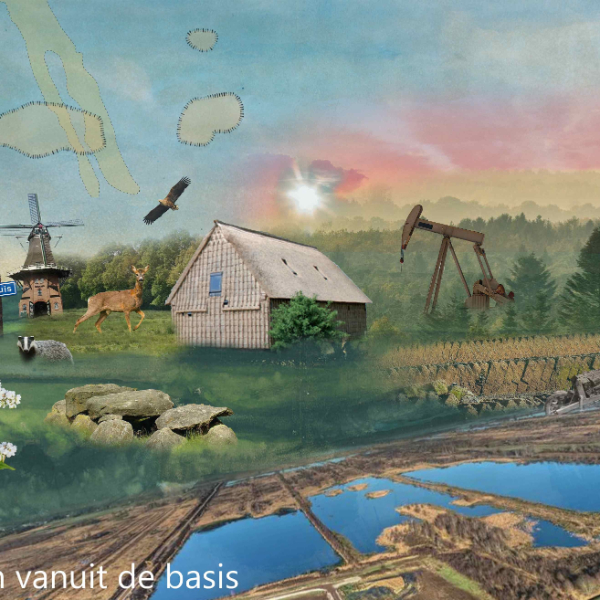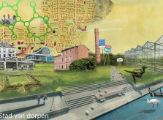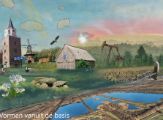Phase 1 of environment and planning vision for Emmen: assessing the situation

Phase 1 of environment and planning vision for Emmen: assessing the situation
What will the municipality of Emmen face in the coming decades? What are the city’s ambitions and how can effective policies be developed to realise them? The municipality of Emmen’s environment and planning vision defines this strategic course. Witteveen+Bos supported the municipality during the initial phase of developing the environment and planning vision, which focused on assessing the situation.
The environment and planning vision is the first instrument in the policy cycle defined by the Environment and Planning Act. The Government of the Netherlands, provincial administrations and municipalities are responsible for developing the vision. An environment and planning vision defines the ambitions for the physical living environment for the longer term (for example to 2050). The physical living environment includes buildings and other structures, infrastructure, soil and water systems, air, landscapes, nature and cultural heritage.
We believe that identifying the municipality’s DNA can make a valuable contribution to developing an environment and planning vision that matches the identity of the place. After all, solutions and potential courses of action for the future can also be found in the past. In the ‘Story of Emmen’, we have therefore used the development history and identity of Emmen to create engaging story lines and mood boards.
Conflicting policies
We then assessed the existing situation: what is the current status of the living environment compared to the policies that the municipality of Emmen has developed? These include relevant domains such as mobility, housing, work and climate change. We also compared the status of the living environment with provincial and regional statistics: how does Emmen score compared to other municipalities?
We then analysed the progress the municipality has made towards developing policies for the various domains and the municipality’s long-term ambitions. A policy analysis also identified opportunities, policy gaps and conflicting policies.
Opportunities and challenges
For example, the ambitions for infill development may conflict with the objective of creating public meeting spaces and climate change adaptive measures (including urban greening and floodwater management). Policies in certain domains may also be insufficiently developed (for example policies for working in ways that prioritise soil and water management).
We have described the spatial planning dilemmas the municipality faces in an advisory report. This summarises the specific opportunities and issues that must be addressed. We have also advised the municipality of Emmen on the potential routes towards an environment and planning vision. Guiding principles were also identified, such as the need to assess policies against the municipality’s core values and identity.
Internal participation
Involving the internal (municipal) organisation plays an important role in the development of the environment and planning vision. We have launched an intensive internal participation programme to make municipal policy officers part of – and owners of – the process.
One of the objectives of the Environment and Planning Act is to promote integrated working. We also organised a municipal council information evening and a thematic meeting for the municipal executive. The assignment resulted in a solid foundation that the municipality can use to take the next steps towards the environment and planning vision.
Witteveen+Bos has developed and used the above step-by-step plan for phase 1 (embodied in the Story of ..., the Status of the Living Environment, the Policy Analysis and Advisory Report) with various clients. We are also happy to assist municipalities with the steps after phase 1. Our step-by-step plan offers our clients a route towards achieving an optimal result.
More information?


